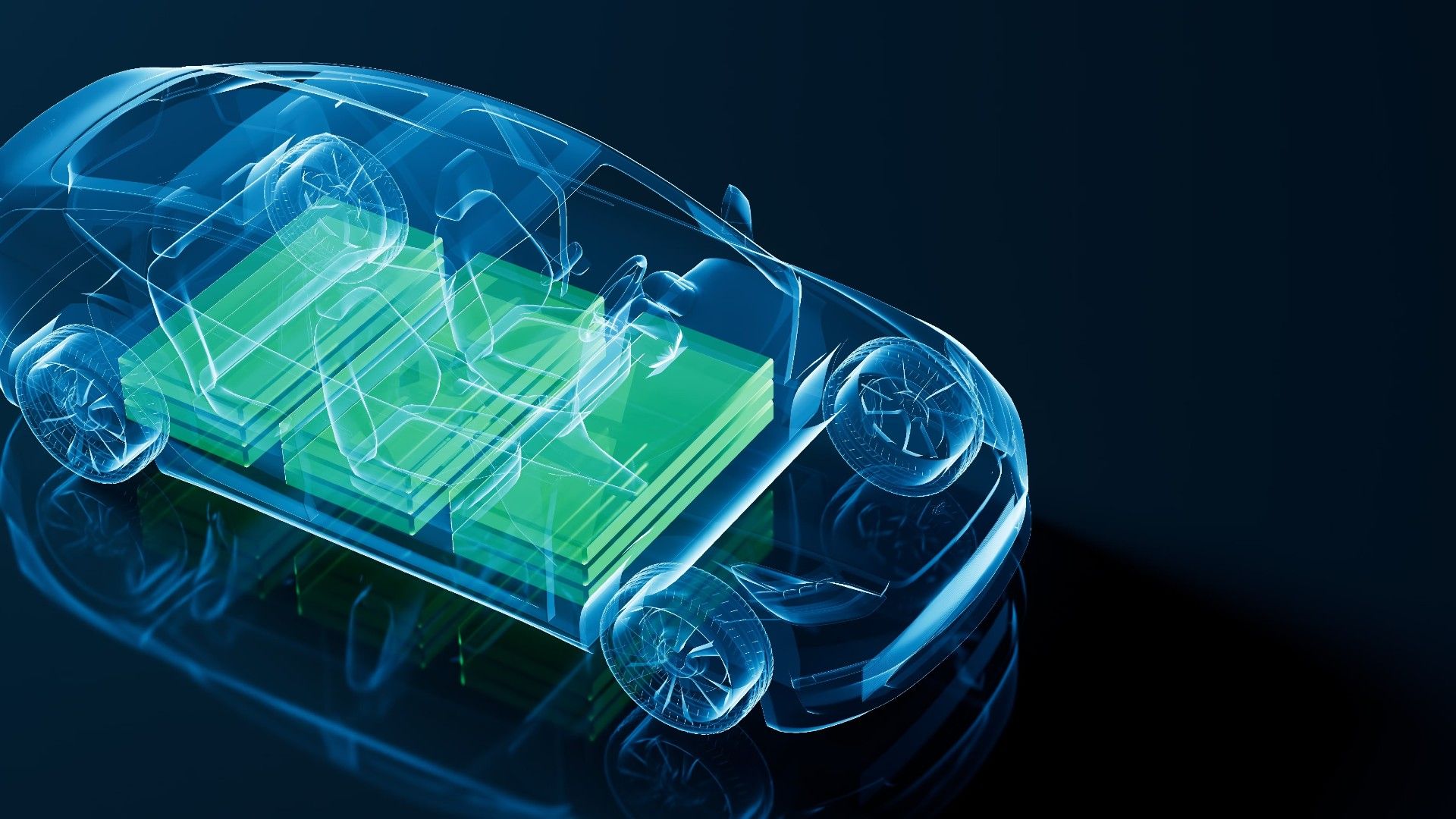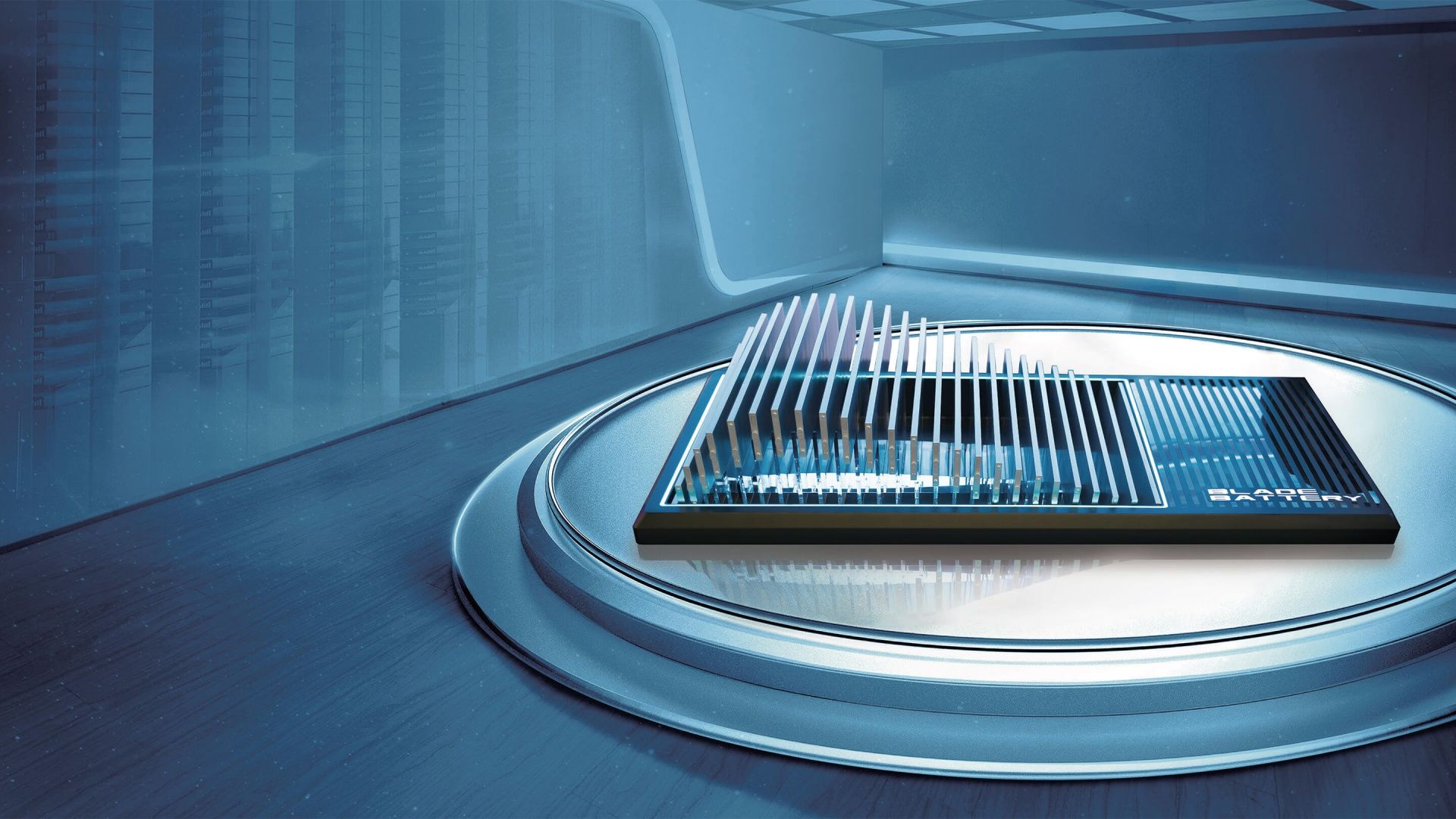As electric cars become more prevalent, the average customer is faced with an ever-growing swarm of abbreviations: EV, PHEV, BEV, FCEV, EREV... the list seems to expand every time an electric car startup puts out a press release. Almost all of these have lithium-ion batteries in them, because so far nothing else can meet the demands of an electric car. Nothing else can deliver the large energy surges required to start a motor, keep up with the constantly high demand of electricity to keep the car moving and the stereo playing, store enough electricity to power the car and still fit in it, and also come at a low enough cost.
As lithium demand grows, scientists and automakers are trying to come up with something else to power them. Hydrogen cars have made tentative inroads in the few areas one can refuel them, but most hydrogen is derived from natural gas- and therefore does nothing to reduce demand for fossil fuels. Water-based batteries, though still in an early stage of laboratory testing, already show a lot of promise. Should they reach mass production, water-based batteries could change electric cars as we know them.
What Is A Water-Based Battery?
Like all batteries, a water-based battery has two electrodes on either end of a liquid called the electrolyte. (In a lot of batteries, the electrolyte is a paste so that it doesn’t slosh about whenever the battery gets shaken or rattled.) One electrode is called the anode, and the other is called the cathode. The anode reacts with the electrolyte and frees up electrons that want to travel to the cathode. However, like the electrolytic membrane in a hydrogen fuel cell, the electrons can’t simply go through the battery's electrolyte to the cathode on the other side. Instead, they must take the long route that goes out of the battery and through the wires that take them to whatever the battery is powering.
Eventually, the electrolyte uses up all the electrons it could possibly send from one end of the battery to the other. At this point, the battery is dead. Rechargeable batteries can reverse this reaction in the electrolyte, making the battery almost as good as new for another round of use. A water-based battery has the same parts as other batteries. The big difference is that the two electrodes at either end are made of what Texas A&M researchers call “redox-active, non-conjugated radical polymers.” The electrolyte in the battery is water mixed with organic salts. (In science, the word “organic” means “contains carbon.”)
Water-Based Batteries Could Prevent A Resource Bottleneck
To put it bluntly, we’re running out of mountains to blast open to extract lithium. The materials that go into electric car batteries are called “rare-earth” metals for a reason. As lithium-ion batteries power more electronic devices every second, lithium demand has sharply risen in the past few years. Even hydrogen fuel cells need rare-earth metals in their catalysts, putting them at the mercy of platinum and palladium prices. Water batteries would reduce the need for metal mining, and also reduce those pesky foreign dependencies that so many tie-wearing people go on the news to opine about.
They Would Be Safer Than Lithium-Ion In Crashes
Right now, electric car batteries can make car rescue too dangerous to attempt if the car is on fire. If the battery explodes mid-rescue, it can kill everyone in or near the car. As anyone who remembers the Samsung Galaxy Note 7 battery debacle will know, lithium-ion batteries can explode if something goes wrong or if they have a manufacturing defect. While a burning phone may not require 600 gallons of water to extinguish like an electric car might, that’s because they contain less stored energy than the battery for an electric car. Basically, all the energy in the car’s battery that would have powered the car for several hours literally bursts out in one explosive instant.
Concerns about explosivity among new car technologies aren’t limited to battery-electric vehicles. They have also been raised about hydrogen cars. After all, while an ICE car has a tank of volatile gasoline or diesel underneath it, a hydrogen car carries a high-pressure tank of explosive gas. However, both crash testing and actual on-the-road statistics show that hydrogen tanks are no more prone to fire than gasoline tanks. However, there would be no such concerns in cars powered by water batteries. According to the researchers developing water batteries, they do not explode as lithium-ion batteries do. Indeed, lead researcher Dr. Jodie Lutkenhaus claims "There would be no battery fires anymore because it’s water-based."
Water-Based Batteries Could Enable The Electric Future
But as exciting as a metal-free battery in every car may seem, this is a new technology. It hasn’t even left the testing lab yet. Researchers have described the chemical reaction that drives the batteries as "complex and difficult to resolve," which apparently means "It works, but we don't quite understand how." Water-based batteries will probably first be used in various tiny medical devices and electronic devices that need to be bendable. It will take longer before we see them in every laptop and phone, and longer still before they start powering cars.
After they are fully understood, water-based batteries would take the problem of lithium shortages right out of electric cars. Electric cars are obviously the future of driving, but right now they are still in an early stage of adoption, which (among other things) means that no technology is the standard yet. Swapping water batteries at the dawn of electrified traffic would be as if someone in the early 1930s developed a gasoline substitute made from grass, right as the last horse-drawn carts were leaving the streets. In other words, water-based batteries could completely change the path of what resources get tapped to power cars. Water-based batteries could free electric cars from the finite supplies of lithium and cobalt, and make it possible for them to take over the roads.




